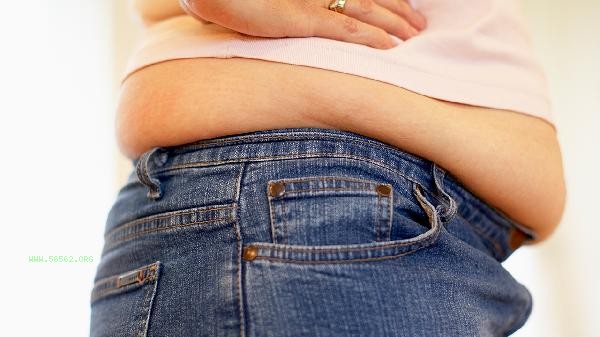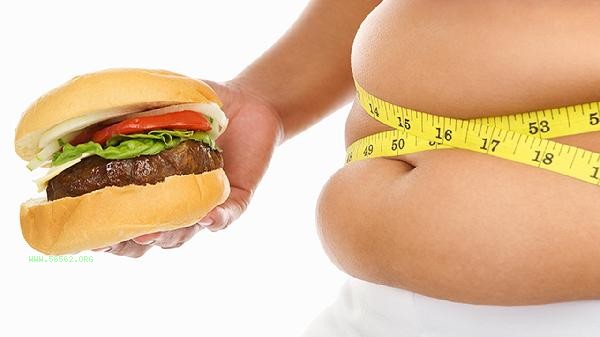Dieting for weight loss may result in short-term weight loss, but the long-term success rate is low and prone to rebound. The key to success lies in scientifically controlling calorie intake, balancing nutrition, coordinating exercise, adjusting metabolic rate, and establishing sustainable eating habits.

1. Scientific calorie control:
Simply reducing food intake can lead to a decrease in basal metabolic rate, and the body enters an "energy-saving mode". It is recommended to control the daily calorie deficit within 500 calories and prioritize high protein and high fiber foods to enhance satiety and avoid muscle loss. A very low calorie diet with less than 800 calories per day should be carried out under the supervision of a doctor.
2. Nutritional balance:
Long term dieting can easily lead to problems such as vitamin deficiency and electrolyte imbalance. carbohydrates should account for 45% -65% of total daily calories, 20% -35% protein, and 15% -25% fat. Recommend low sugar staple foods such as quinoa and chickpeas, paired with deep-sea fish and green leafy vegetables.
3. Necessity of Exercise:

Dieting alone will result in a loss of 0.5 kilograms of muscle for every 1 kilogram lost. Engaging in 150 minutes of moderate intensity aerobic exercise such as brisk walking and swimming combined with 2 sessions of resistance training per week can increase resting energy expenditure by 15% -20% and prevent a decrease in metabolic rate.
4. Metabolic adaptability: After 6 months of continuous dieting, leptin levels decrease by 40% -50% and ghrelin levels increase by 30%, which is the main reason for the rebound. Using intermittent calorie control such as 5:2 light fasting is easier to maintain metabolic balance than continuous dieting.
5. Behavioral sustainability:
survey shows that 82% of dieters regain weight within 3 years. It is recommended to keep a diet diary, set phased goals, seek social support, and integrate healthy eating into lifestyle rather than short-term dieting. The essence of weight loss is to establish a negative balance of calories, but extreme dieting should be avoided. It is recommended to adopt the recommended model of the Chinese Dietary Guidelines for Residents, with a daily intake of 12 or more foods and a weekly intake of 25 or more foods. Cooking should be done using steaming and boiling methods, with a daily intake of 25-30 grams of cooking oil. Combined with 300 minutes of moderate intensity exercise per week, it can sustainably reduce weight without affecting health. If there are signs of dizziness, amenorrhea, etc., one should immediately stop dieting and seek medical attention. Weight management is a lifelong issue that requires multidimensional adjustments in physiology, psychology, and behavior.




Comments (0)
Leave a Comment
No comments yet
Be the first to share your thoughts!